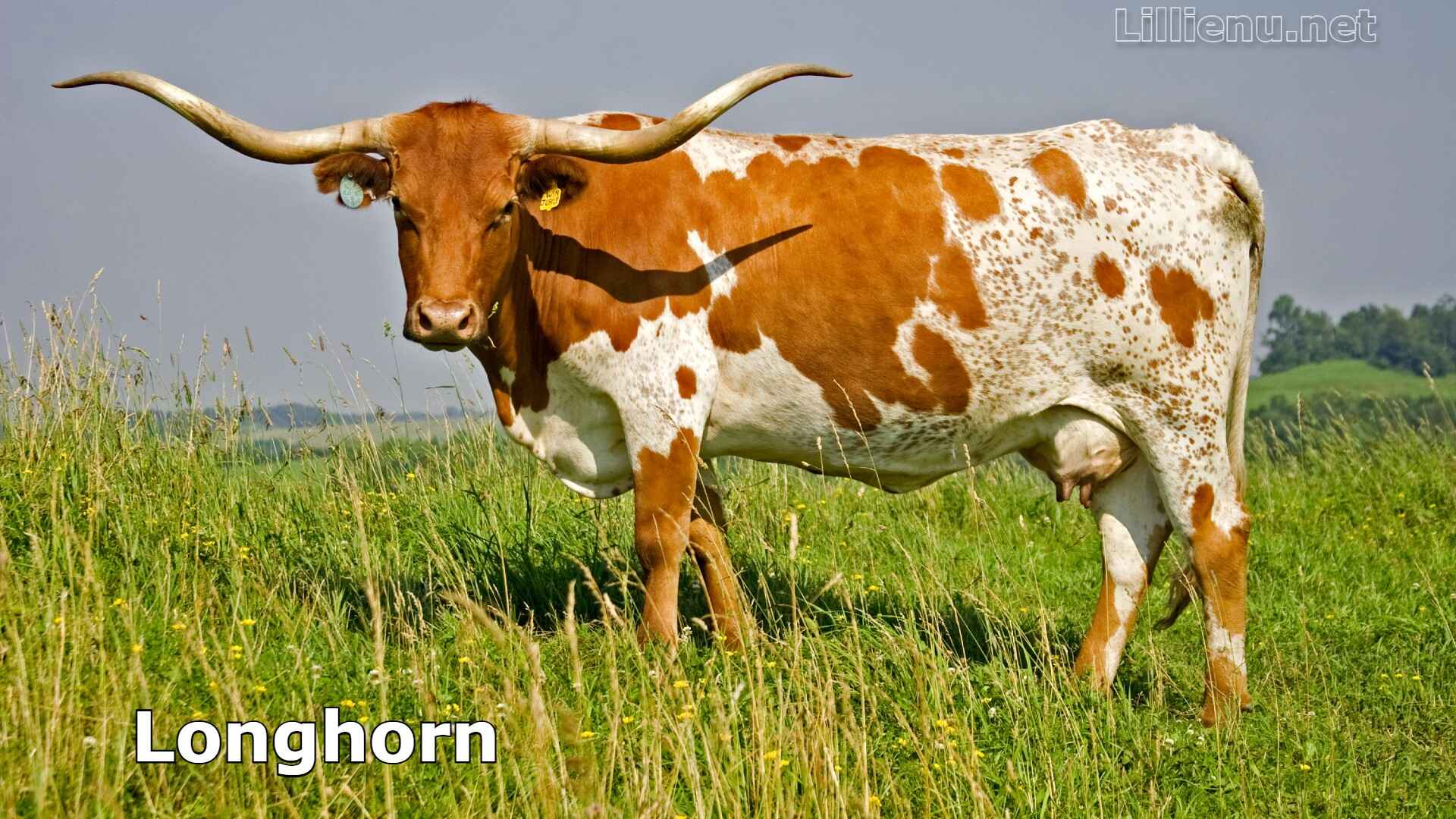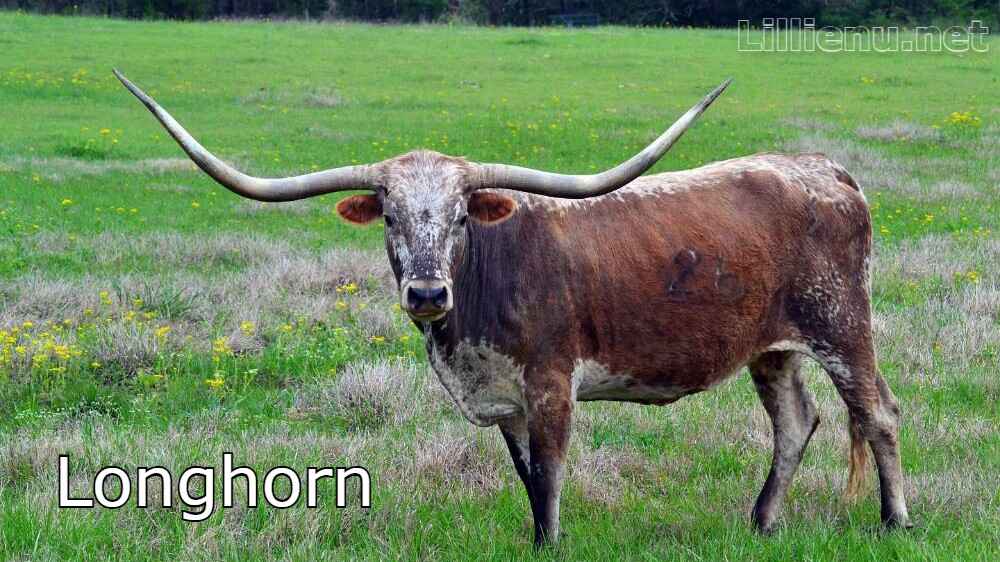Longhorn cattle are one of the most iconic and enduring breeds in the world. Known for their unique appearance and impressive history, Longhorns are a symbol of the American West.
With their long, curved horns, resilient nature, and valuable role in agriculture, Longhorn cattle have become a symbol of strength and heritage.
In this article, we’ll dive into everything you need to know about Longhorn cattle, from their history and physical traits to their modern-day uses and conservation efforts.
Introduction to Longhorn Cattle
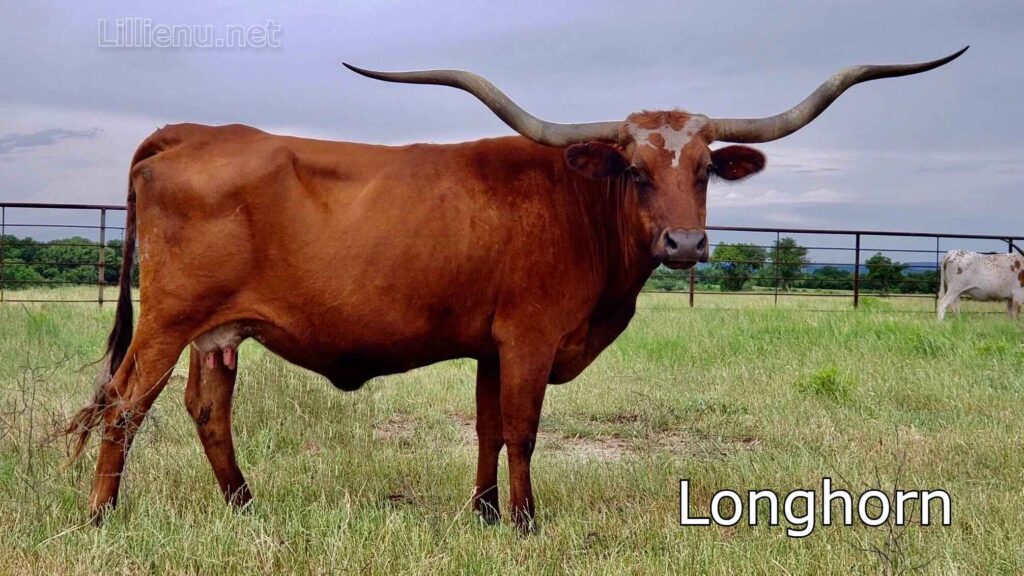
Longhorn cattle are a breed that stands out not only for their distinct appearance but also for their historical significance.
Originating from the cattle brought to the Americas by Spanish settlers in the 1500s, Longhorns have survived centuries of hardship and continue to play an important role in ranching today.
Their ability to thrive in tough conditions, combined with their historical importance, has cemented their place in American cattle culture.
The History of Longhorn Cattle
The history of Longhorn cattle is rich and intertwined with the development of the American West. These cattle were first introduced to the Americas by Spanish explorers who brought cattle to the New World in the 1500s.
Over time, these cattle adapted to the harsh conditions of North America, developing the distinct characteristics that make Longhorns so unique today.
For centuries, Longhorns were the primary cattle used by ranchers in Texas and surrounding areas. They played a crucial role in shaping the cattle industry in the U.S. and were used not only for beef production but also for transportation, farming, and trade. As ranching expanded, Longhorn cattle became a symbol of American pioneering spirit.
Physical Traits of Longhorn Cattle
One of the most recognizable features of Longhorn cattle is their long, sweeping horns. These horns can span up to seven feet and are a defining trait of the breed.
The horns are typically curved outward and upward, giving them a dramatic and impressive appearance. This feature is not just for show; Longhorns use their horns for protection and dominance within their herds.
In terms of coloration, Longhorn cattle come in a variety of hues. While they are commonly seen in white, red, and black, they can also exhibit different shades of brown, speckled, or brindled patterns.
These variations contribute to the breed’s aesthetic appeal. Longhorns have a lean, muscular build, with a sleek, medium-sized body that is well-suited to the rugged environments they often inhabit.
Behavioral Characteristics of Longhorn Cattle
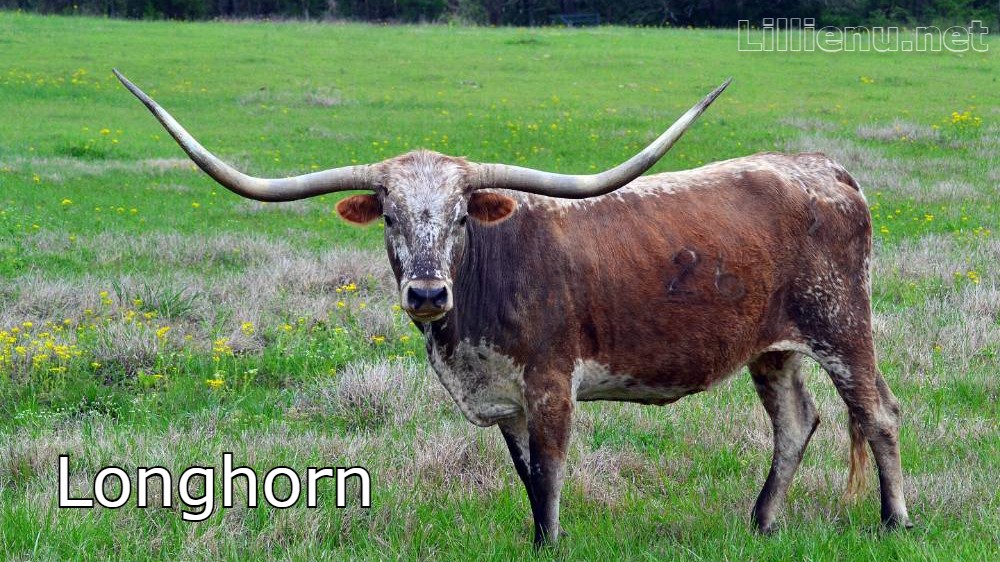
When it comes to behavior, Longhorn cattle are known for their calm demeanor and independent nature. Unlike some other cattle breeds, they tend to be more self-reliant and less dependent on humans for guidance.
However, they are also known for their docile nature, especially when raised in a calm environment and with consistent handling.
Despite their calm temperament, Longhorns can be more difficult to train than other breeds due to their independent nature.
They are more accustomed to roaming freely and making decisions within their herds. In their natural environment, they tend to graze together in a group, reinforcing their social structure and herd instincts.
The Role of Longhorns in the Modern Cattle Industry
In modern agriculture, Longhorn cattle are still valued for both their meat and breeding abilities. Their lean meat, which has a distinct flavor and tenderness, is often considered a delicacy, though it is not as widely available as beef from more common cattle breeds.
The health benefits of Longhorn beef—being lower in fat and cholesterol—have led to a growing interest among health-conscious consumers.
Aside from beef production, Longhorn cattle are also prized for their role in crossbreeding. Ranchers often use them to improve the resilience and health of other cattle breeds. Their genetic diversity helps reduce the risk of disease and ensures that the herd remains strong over generations.
Benefits of Raising Longhorn Cattle
Raising Longhorn cattle comes with a variety of advantages. One of the primary benefits is their hardiness. Longhorns are well-suited to tough environments, thriving in both hot, dry conditions and colder climates.
Their resistance to disease and their ability to graze on less fertile land makes them an ideal choice for sustainable farming and ranching practices.
Additionally, Longhorn cattle are a low-maintenance breed. They require less feed than other cattle, making them more cost-effective for farmers.
Their ability to adapt to different environments and survive on limited resources means that ranchers can often maintain healthy herds even in challenging conditions.
The Longhorn as a Symbol of Texas
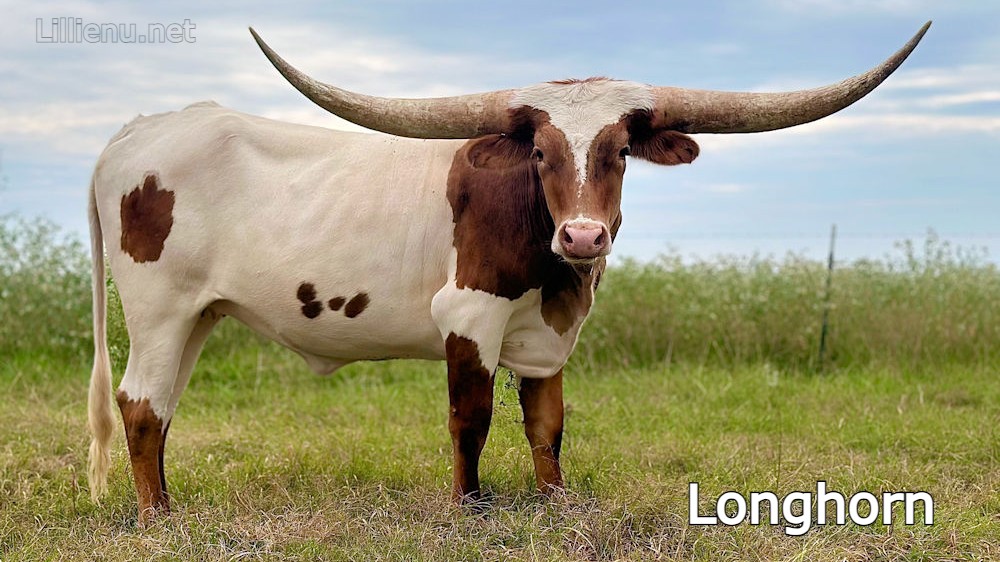
The Longhorn is more than just a breed of cattle—it’s a cultural symbol, particularly in Texas. Known as the state’s official animal, the Texas Longhorn has become synonymous with the state’s identity and heritage.
The breed is an emblem of the state’s rugged ranching culture and its historical importance to the cattle industry.
Throughout Texas, Longhorn cattle are celebrated in many ways. From appearing in the Texas state seal to being prominently featured in college sports, the Longhorn is embedded in the state’s identity.
The Texas Longhorns football team, f
or example, proudly carries the name and image of the Longhorn, further cementing the breed’s connection to the state.
Longhorn Cattle in Popular Culture
Longhorn cattle have found a place in popular culture, often representing the untamed, wild spirit of the American West.
The breed is frequently depicted in Western films, documentaries, and books, where they serve as a symbol of the strength and resilience required to thrive in difficult conditions.
Artists and photographers are also drawn to the breed’s striking appearance. The distinctive horns and muscular bodies of Longhorn cattle have made them a popular subject for art and photography, with their image often used to evoke a sense of tradition and pride.
Raising Longhorns: Practical Tips and Considerations
If you’re interested in raising Longhorn cattle, there are several important things to consider. First and foremost, Longhorns require a spacious environment to thrive.
They are a breed that does well on large ranches, where they have plenty of room to roam and graze. They also need access to clean water and ad
equate shelter from extreme weather.
In terms of diet, Longhorns are efficient grazers and can often subsist on natural pastures, though supplemental feed may be necessary in colder months or during periods of drought.
They also need regular veterinary care to ensure they stay healthy, though their disease resistance helps reduce the frequency of medical interventions compared to other breeds.
The Future of Longhorn Cattle
As interest in sustainable farming and ethical beef production continues to grow, the future of Longhorn cattle looks promising. Their hardiness, genetic diversity, and lower environmental impact make them a breed that fits well with modern farming practices.
In addition, the efforts to preserve and protect Longhorns through conservation programs ensure that this historic breed will continue to thrive.
As ranchers look for cattle that are well-suited for various climates and capable of withstanding environmental challenges, Longhorns are expected to play a larger role in the agricultural industry.
Conclusion
In conclusion, Longhorn cattle are more than just a breed they are a living piece of American history. From their origins in the Spanish cattle brought to the Americas to their place in Texas culture and modern farming, Longhorns embody resilience, adaptability, and tradition.
Whether you’re a rancher, a cattle enthusiast, or simply someone fascinated by their iconic appearance, Longhorn cattle offer valuable insight into the history of ranching and agriculture.
Their unique combination of traits hardiness, disease resistance, and striking appearance—ensures that Longhorn cattle will continue to play an important role in both the cultural and agricultural landscape for years to come.
